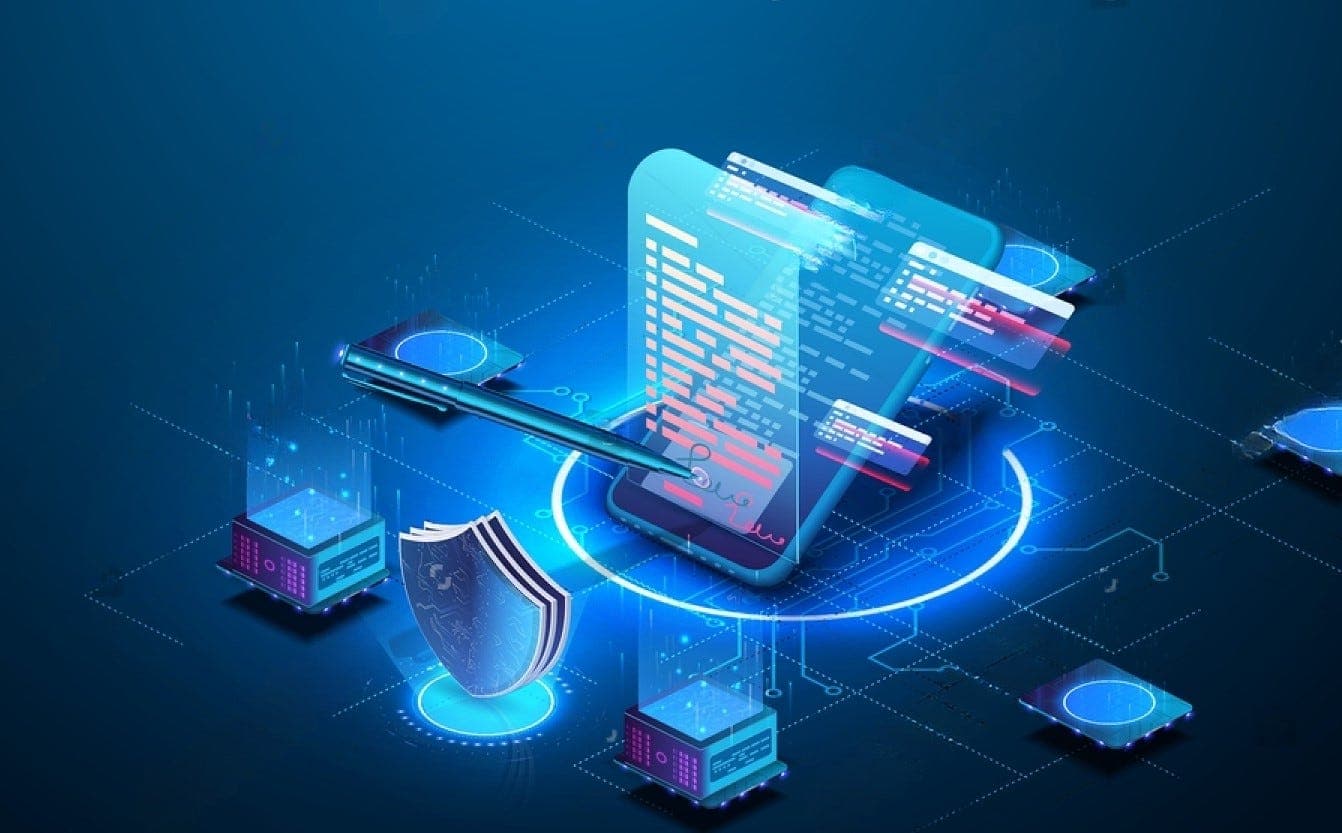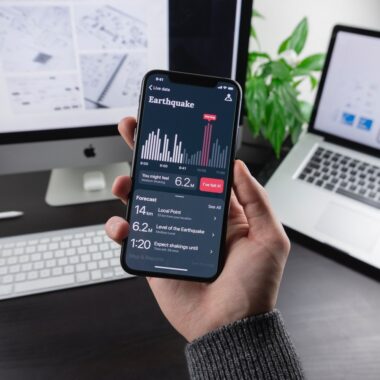Operating System Security: Vulnerabilities and Protection Methods

The modern digital world is built on operating systems — from home laptops to complex servers managing data flows across the globe. The reliability of these systems directly affects not only users’ personal security but also the stability of entire industries. This is particularly relevant in the era of online services, including remote education, financial transactions, and popular forms of digital entertainment such as streaming or online kasina, where the protection of user data and payment systems is critically important.
Key Vulnerabilities of Operating System
Any operating system, regardless of its popularity or commercial model, is susceptible to risk. Vulnerabilities may arise for many reasons — from coding errors and outdated libraries to incorrect security settings at the user or administrator level. A common threat remains zero-day vulnerabilities, where hackers discover and exploit a system flaw before developers even know it exists. This allows attackers to infiltrate systems while bypassing even the most advanced antivirus filters.
In addition, access rights are often misconfigured: users may receive more privileges than necessary, creating an entry point for malicious software. Rootkits and exploits are particularly dangerous, as they disguise themselves as system processes and gain control over the entire OS.
Human Factor and Social Engineering
Even the most secure operating system can be compromised by simple user errors. Scam emails, fake updates, malicious attachments, and phishing websites all rely on people’s trust or inattention. Attackers often disguise malware as useful utilities or substitute links to popular online services.
Against this background, it is important to be especially cautious when using platforms that handle financial data. For example, when playing on online kasina, users input personal data and conduct transactions. A system infected with malware can lead to data leaks and financial loss. That is why such services increasingly require two-factor authentication and automatic encryption of all connections.
Protection Methods: From User to System Level
Effective protection begins with basic principles:
Updates. Regularly updating the operating system and installed software is a crucial security measure. Developers continuously patch discovered vulnerabilities, and delaying updates can have serious consequences.
Antivirus and firewall. Even in today’s digital security environment, classic tools remain relevant. A strong antivirus with up-to-date signature databases and a personal firewall can block a significant portion of threats at the entry stage.
Access limitation. It is important to follow the principle of least privilege: grant programs and users only the rights they need. This reduces the risk of a system breach in case one component is compromised.
Data encryption. Storing important information, especially in corporate environments, should always involve encryption. This protects data even if a device falls into the wrong hands.
Specifics of Mobile and Cloud OS Protection
Mobile operating systems such as Android and iOS have their own security features. While they are initially designed with a more closed architecture, vulnerabilities still appear. Malicious apps remain a common threat, especially when downloaded from unofficial sources. Users are advised to install software only from trusted stores like Google Play or the App Store and carefully review the permissions requested.
As for cloud systems and remote servers, security here is provided not only by the OS itself but also through virtualization architecture, traffic encryption, network isolation, and behavior monitoring. However, the responsibility for correctly configuring such systems often still lies with the end user or system administrator.
The Future of Cybersecurity: Automation and AI
As threats evolve and multiply, experts are actively deploying automated intrusion detection tools based on artificial intelligence and machine learning. These systems analyze anomalies in application behavior and network traffic, quickly identifying potential attacks.
Operating systems are also gaining built-in kernel-level security features, making it impossible to execute unauthorized code. At the same time, users must remain vigilant: cyber hygiene education and understanding the fundamentals of digital security are just as vital as installing antivirus software.
Conclusion
Operating system security is not just a matter of technical specifications but the result of a comprehensive approach, including regular updates, protective software, and user awareness. This is especially relevant in the active use of online services, including entertainment platforms. Modern cyber threats can strike at any moment, which is why it’s crucial to pay attention to securing your digital boundaries today.
